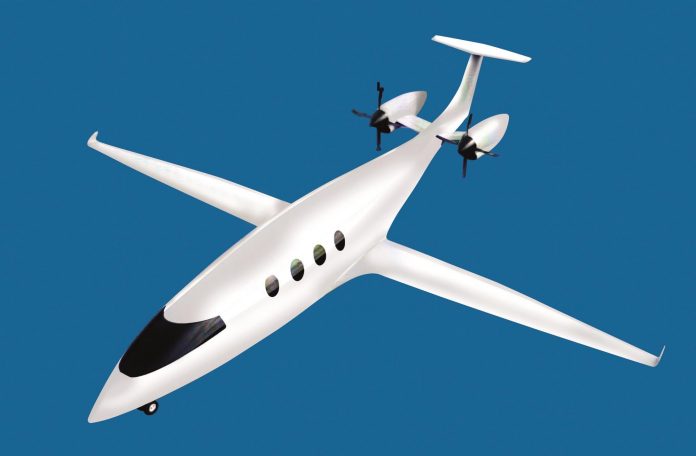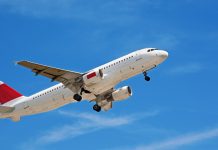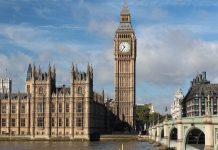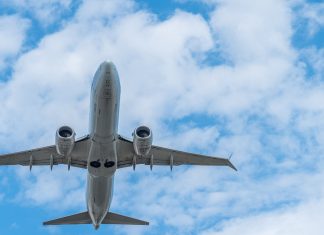The world’s first all-electric passenger aircraft is preparing to take flight.
The Alice, a plane developed by Israeli company Eviation, went through engine testing last week at Arlington Municipal Airport north of Seattle. According to Eviation CEO Omer Bar-Yohay, the Alice is just weeks away from its first flight.
With battery technology similar to that of an electric car or a cell phone and 30 minutes of charging, the nine-passenger Alice will be able to fly for one hour, and about 440 nautical miles. The plane has a max cruise speed of 250 kts, or 287 miles per hour. For reference, a Boeing 737 has a max cruise speed of 588 miles per hour. The company, focused exclusively on electric air travel, hopes that electric planes that can fit 20 to 40 passengers will be a reality in seven to 10 years.
A prototype of the aircraft, which debuted in 2019, has been going through low-speed taxi tests since December and will attempt ahigh-speed taxi test in the next few weeks. In these tests, the aircraft is sent down the runway at different speeds to test its own power and allow ground teams to monitor systems like steering, braking and anti-skid. Though the company initially aimed for the Alice to take flight before 2022, poor weather conditions in the Pacific Northwest at the end of the year hindered testing.
Eviation has developed three versions of the prototype: a “commuter” variant, an executive version, and one specialized for cargo. The commuter configuration in testing holds nine passengers and two pilots, as well as 850 pounds of cargo. The executive design has six passenger seats for a more spacious flight, and the cargo plane holds 450 cubic feet of volume.
All of this is possible while reducing maintenance and operating costs of commercial jets by up to 70%, according to the company.
The electric aviation space is already growing more crowded with both startups and established aviation companies. NASA gave $253 million in September 2021 to GE Aviation and magniX to bring the technology to US fleets by 2035. Boeing is investing $450 million in Wisk Aero, a company building an all-electric, autonomous, passenger aircraft, and Airbus has been working on itsown electric aviation endeavors since 2010.
According to industry experts, the largest obstacle for electric aviation becoming the norm in passenger jets is the battery.
While we seem to be getting closer to battery-powered air travel for some functions, not everything is nearly ready to go. Cross-ocean flights and jumbo jets are still years beyond the current science, for one. But the most pressing concern for electric aviation is regulation. The FAA has yet to put forward any clear guidelines or regulatory framework for electric airplanes, which fall under the category of Advanced Air Mobility, though Eviation says its is actively working with the FAA to achieve certification for production by 2024. “Some certifications could require the FAA to issue special conditions or additional airworthiness criteria, depending on the type of project. Determining qualifications for these aircraft is an ongoing process,” according to an FAA spokesperson.
But electric aircraft big enough to rival large passenger jets may still be a ways off.
“The first step would be to try these in a commuter market or charter market,” said Aimer. “Then eventually, if that works well, you’re going to have passenger jets. For that we need Boeing or Airbus to come out with a actual electric airplane. I would see that in about 10 years.”
























